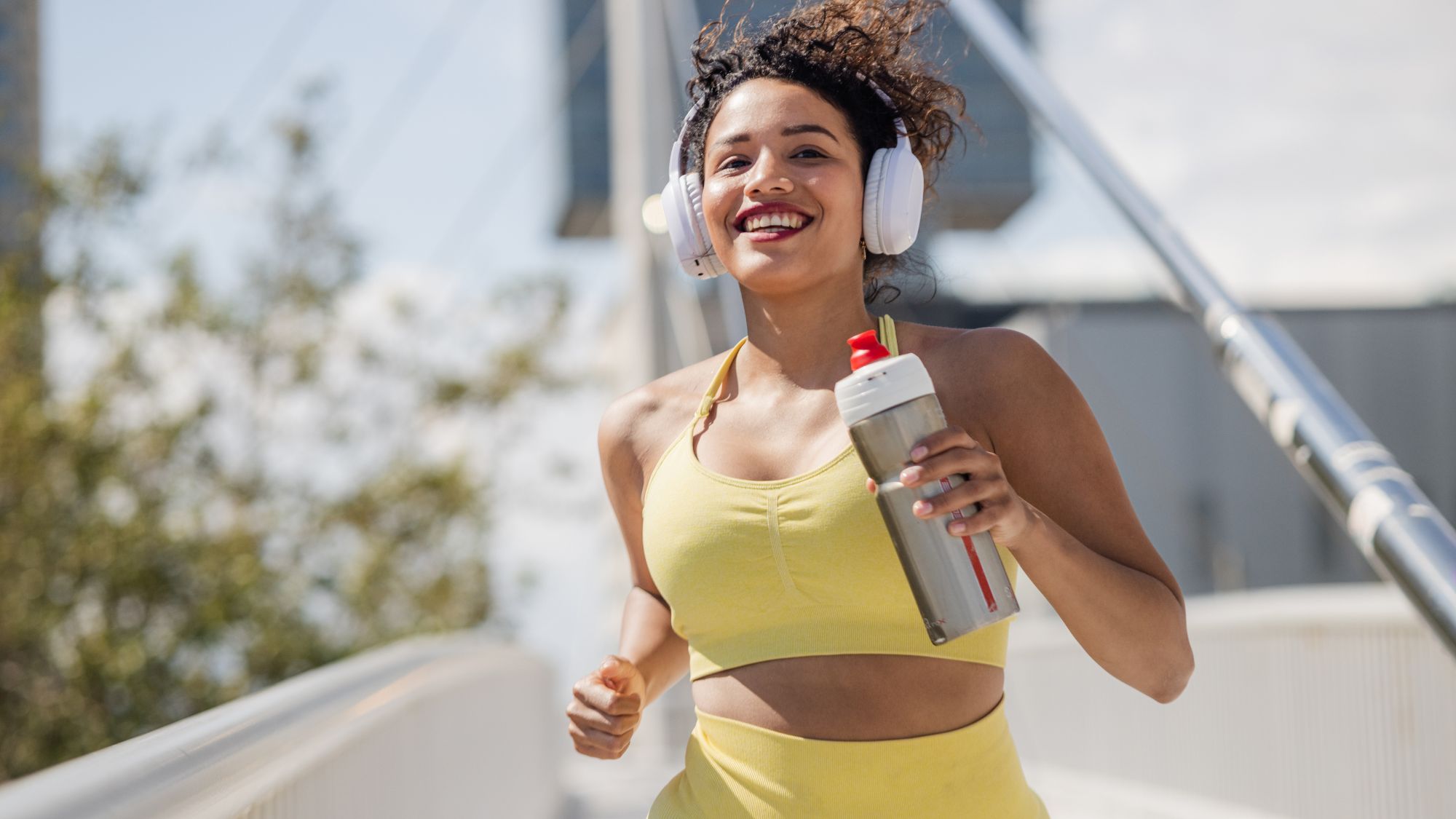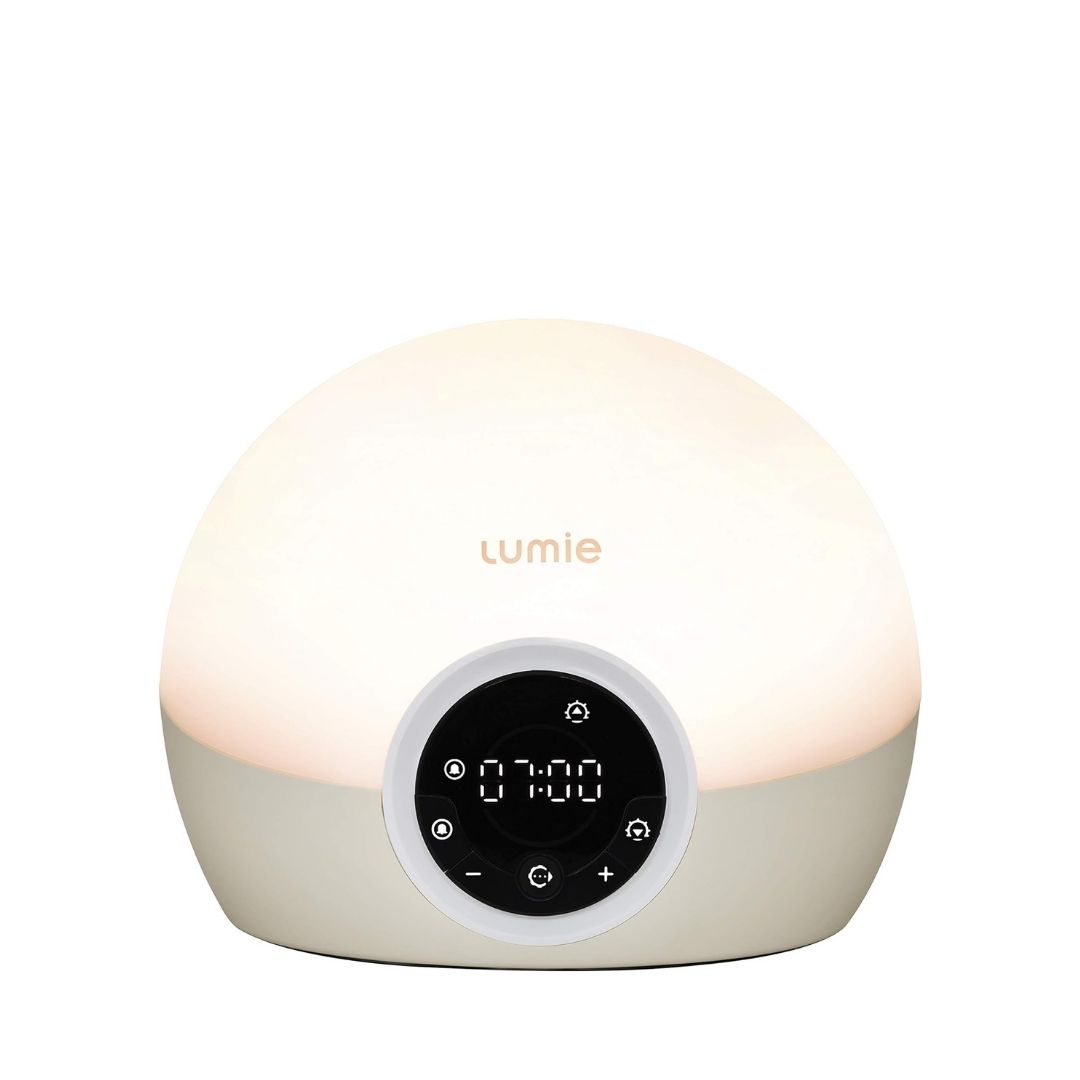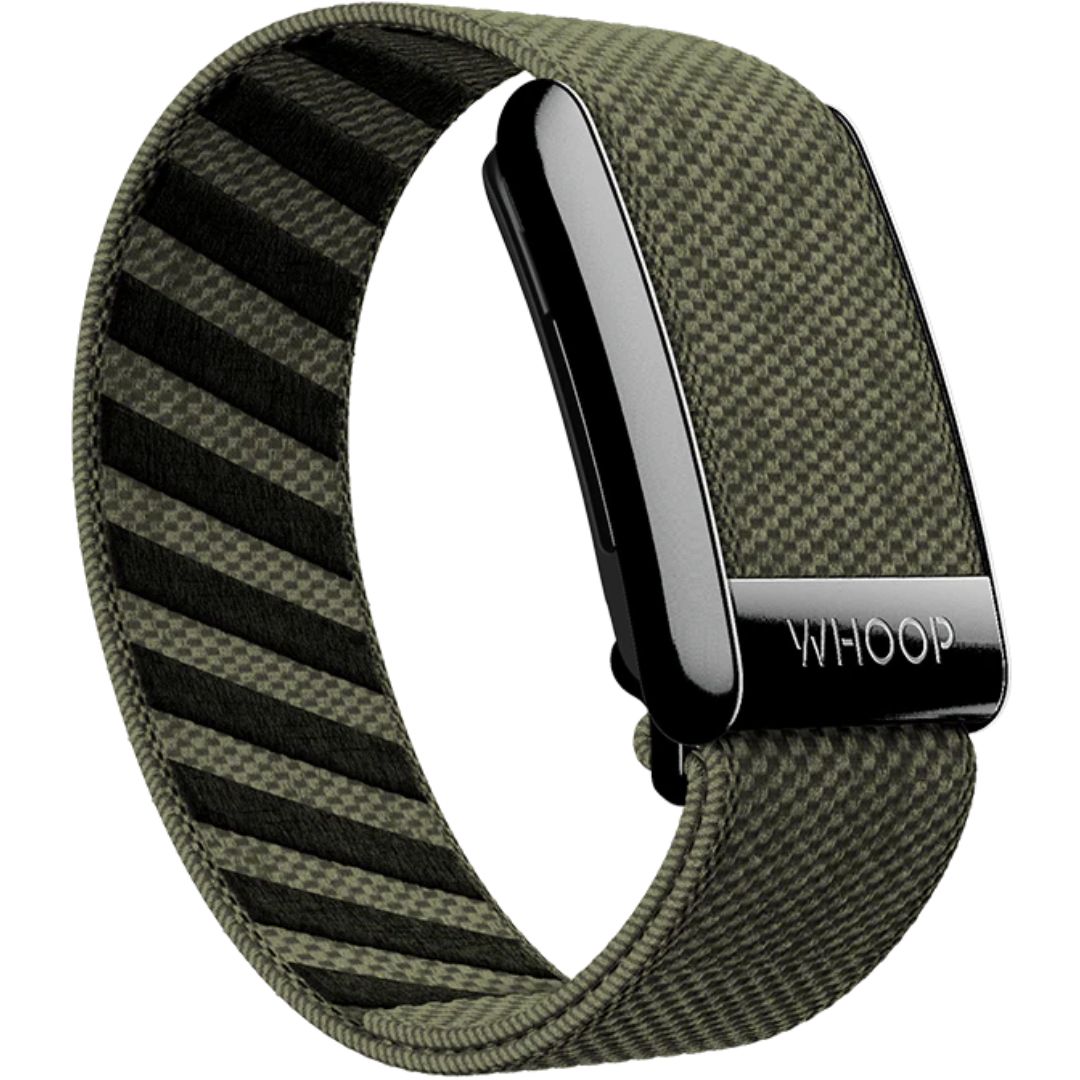Chronobiology is the latest wellness trend to go viral – so, is working out at a certain time key to fitness gains?
Your need to knows.


If early morning exercise often leaves you feeling sapped as opposed to energised, there may be a very simple fix involving absolutely no supplements, flimsy productivity hacks or additional expense. Asking earnestly: have you tried training later in the day?
Of course, everyone’s schedules and commitments vary, and we’re all just trying our best while balancing very busy lives. But, if you have a little flexibility, it might be worth considering a lunchtime or evening sweat instead. Sometimes referred to as chronobiology workouts, this type of exercise – where your training window is influenced by your body clock – may have potential benefits that exceed your ability to meet your current fitness goal. And, if the recent uptick in Google searches for info on chronobiology workouts is anything to go by, it seems many of us are seeking a way to make exercise fit into our routines, as opposed to shaping our schedules around gym sessions.
So, is it worth switching up your routine to cash in on the potential pros? We put this question to the experts. Don't miss our guides to the best morning workout routine, the best morning workout routine to build muscle, and an ideal workout split for boosting your fitness, while you're at it.
Chronobiology workouts might be the key to workout gains - you guide
What are chronobiology workouts?
So, what are chronobiology workouts? Chronobiology explores the effects of time on biological systems. In short, it’s the study of biological clocks. “Chronobiology is the science of how living organisms, including humans, follow natural cycles and rhythms in our bodies and behaviour,” explains Oliver Patrick, physiologist, wellbeing expert and co-founder of Future Practice. “These cycles are influenced by external cues like light and temperature, and they help regulate various functions such as sleep, hunger, hormone levels, and body temperature.”
The circadian rhythm, which you may already be familiar with, is part of chronobiology, representing the 24 hour cycle of human physiology. “The circadian rhythm is like an internal clock that keeps everything running smoothly on a ‘near enough’ 24-hour schedule,” Patrick says. This internal clock tells you when to wake up, when to eat, and when to sleep. “For example, you might feel sleepy at night and more awake during the day because your internal clock aligns with the natural light and heat of day, and dark and cool environment of the night. Humans all have a circadian rhythm but there is growing evidence for different individuals having different ‘chronotypes’ where they reach peak capability in the earlier or later hours of the traditional day – larks (early) vs owls (later).”
What does this have to do with training, specifically? Well, some bodies of research suggest that there may be more health benefits associated with exercising at particular points during the day, in comparison with others.
Is there a best time of day to workout?
“Studies have found that, for many people, their circadian rhythm means they are best completing cognitive tasks in the morning and gross motor skills in the afternoon,” explains Dr Josephine Perry, sport psychologist and author of The 10 Pillars of Success. However, an individual’s chronotype will impact the fluctuation of their cognitive performance throughout the day. “Larks are sharpest in the morning and Owls better in the later hours,” JOSIE says. This means that Larks – early risers – may feel more driven to move in the morning, while Larks – late sleepers – may be more motivated to workout later in the day.
Celebrity news, beauty, fashion advice, and fascinating features, delivered straight to your inbox!
So, although our experts emphasise that the science is early on chronotypes, there are indications that we may naturally be more inclined to exercise at specific times during the day based on our personal circadian rhythms. Does that necessarily mean that we should schedule sessions according to our chronotypes, though?
What are the benefits of chronobiology workouts?
Potentially. But, as with everything wellness related – it depends.
According to Patrick, there’s some evidence which supports power and strength training in the mid afternoon. “Theories around this include optimised core temperature, hormone levels – namely testosterone and cortisol – and increased perception of strength,” he expands. Additionally, a 2022 study, which looked into the best times of day to exercise for cardio and metabolic benefits, concluded that, compared with morning workouts, aerobic exercise performed in the evening promotes a greater reduction in blood pressure and in the cardiac workload postexercise.
That said, sometimes our health markers aren’t totally aligned with the way we actually feel. Some days, for example, my Whoop will tell me I’ve aced my recovery and I’m good to go and smash a gym sesh, when in reality I feel like curdled milk – disconnected and definitely not in my prime. On other days, it tells me I did a sucky job of recovering and I should aim for a low-output day, but I have a burst of energy and feel motivated to move. Basically, while there may be benefits to basing your training around your chronotype, it’s important to prioritise how you actually feel in the moment. “The differences between impact of training at different times of day will only be of significance at the very elite level of competitive sport,” Patrick assures. “Listening to when you feel strongest will be the best science in this case.”
As for whether there’s actually a best time to workout, Patrick says the Jury’s out. “In sports performance it is important for workouts, or training, to mirror the likely time of day at which the individual will be competing. An athlete who predominantly trains in the evening would be potentially less equipped to perform well in a sporting event taking place in the morning, for example.” Makes sense, right? For the general public – the non-pro athletes among us – however, it doesn’t matter so much. “The best time to train is the time you can train would be my clear advice,” says Patrick. “In a physical inactivity pandemic, any barrier to people moving should be swiftly squashed. Do it when you can and let’s celebrate that fact.”
@brejonalyse Having a written gym routine is a game changer
♬ Aesthetic - Tollan Kim
How to create a training schedule that works for you
To find out your ideal training time, Dr Perry says you need to learn how to identify your performance patterns. You could do this by simply paying closer attention to how you feel at certain points throughout the day, or, if you want to take it a step further, she recommends keeping a training diary – logging the times of your sessions and scoring them out of 10 for energy level, skill development and fitness performance. Over time, Dr Perry says this will allow a pattern to emerge.
In addition, pay attention to your coffee/diet coke/Red Bull (enter your caffeinated drink of choice here) habits. “The reality is you should not need a huge caffeine hit or pre-workout to commence exercise, and if so then you may need to consider moving exertion to a time of day where your natural energy is higher,” Patrick says. “With increased flexible working patterns, considering workouts during traditional working hours is proving a big hit for many new exercisers who felt low natural energy in the hours after work.”
If you still feel unsure of where to start, Patrick advises that those with busy, intense lives, would do well to consider ‘hard’ exertion earlier in the day and ‘low intensity’ work as a transition between work and evening. “Exercise is not ‘one thing’ but instead a multitude of formats and goals, each requiring its own considerations,” he says. “However, in most cases, using exercise as a morning stimulant and an early evening suppressant can work extremely well for energy levels, sleep, performance, and wellbeing. The best exercise is always the one you can do and stick with. Whatever time of day that will work for you in the long run.”
Shop MC UK approved wellness products now:

Abbi Henderson is a freelance journalist and social media editor who covers health, fitness, women’s sport and lifestyle for titles including Women's Health and Stylist, among others.
With a desire to help make healthcare, exercise and sport more accessible to women, she writes about everything from the realities of seeking medical support as a woman to those of being a female athlete fighting for equality.
When she’s not working, she’s drinking tea, going on seaside walks, lifting weights, watching football, and probably cooking something pasta-based.


